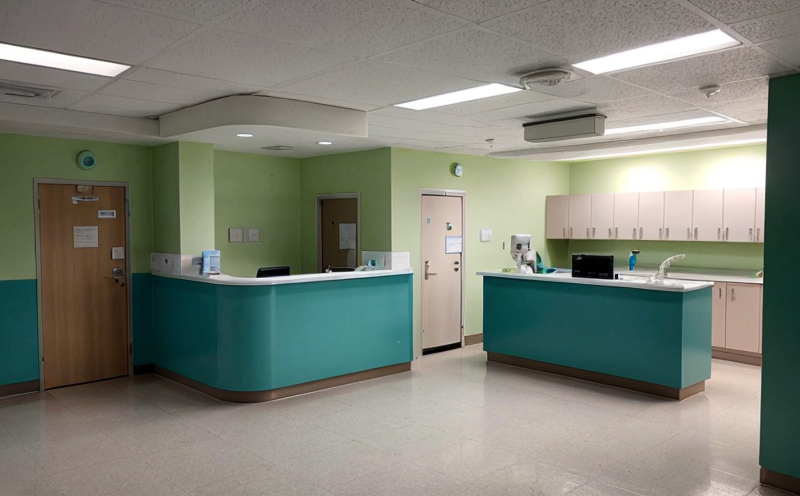JP Sterility Testing in Japanese Pharmacopoeia for Hospitals
The Japanese Pharmacopoeia (JP) is a regulatory document that sets out standards for pharmaceutical products and their excipients. For hospitals, the requirement of sterility testing according to the Japanese Pharmacopoeia ensures that medical devices, biological indicators, and other hospital supplies are free from pathogenic microorganisms. This service focuses on the JP Sterility Testing specifically as per Chapter 1230: Sterility Tests.
The primary objective of this service is to ensure compliance with the standards set by the Japanese Ministry of Health, Labor and Welfare (MHLW). The testing process involves a series of microbiological techniques aimed at detecting any viable microorganisms present in the products. This ensures that hospital supplies do not pose a risk to patients' health.
JP Sterility Testing is particularly important for devices used directly on patients such as syringes, catheters, and surgical instruments. The testing process includes several steps, from sample collection to final microbiological examination. Each step must be meticulously followed to ensure accurate results.
- Sample Collection: Samples are collected in a way that minimizes the risk of contamination. This is critical for ensuring accurate sterility test results.
- Preparation and Incubation: The samples are prepared according to specific protocols, then incubated under controlled conditions to allow any viable microorganisms to grow.
- Identification: Once growth is observed, the organisms must be identified using various microbiological methods. This step ensures that only pathogenic microorganisms are detected and reported.
The Japanese Pharmacopoeia specifies the use of several key tests including Aerobic Plate Count, Bacterial Endotoxin Test, and others, depending on the nature of the product. The process is rigorous and detailed to ensure that no viable microorganisms are present in the tested materials.
Accurate sterility testing ensures patient safety by preventing infections from contaminated medical supplies. This service aims to provide comprehensive support for hospitals seeking to comply with this stringent regulatory requirement, ensuring they meet both domestic and international standards of quality and safety.
Applied Standards
| Standard | Description |
|---|---|
| JP 1230: Sterility Tests | This chapter provides detailed procedures for testing the sterility of medical devices and other hospital supplies. |
| ISO 11737-1 to -4 | These standards provide guidance on microbiological methods used in the sterility testing of medical devices, which are often referenced by the Japanese Pharmacopoeia. |
The Japanese Pharmacopoeia (JP) follows international standards like ISO 11737-1 to -4 for its sterility testing procedures. These standards ensure that the tests conducted in our laboratory meet the highest global quality benchmarks.
Industry Applications
- Surgical Instruments: Sterility is crucial for surgical instruments to prevent post-operative infections.
- Catheters and IV Lines: Ensuring these devices are free from microorganisms protects patients against bloodstream infections.
- Biological Indicators: These indicators must be sterile to ensure the efficacy of sterilization processes in hospitals.
- Patient Monitoring Devices: Sterile components reduce the risk of introducing pathogens into critical care environments.
The importance of sterility testing cannot be overstated, especially for devices and supplies that come into direct contact with patients. This service ensures that every item tested meets the stringent requirements set by both the Japanese Pharmacopoeia and international standards.
International Acceptance and Recognition
- Regulatory Bodies: The MHLW in Japan, as well as other regulatory bodies worldwide, recognize JP Sterility Testing as a critical component of ensuring product safety.
- ISO Certification: Hospitals that undergo this testing ensure they meet ISO standards, which are globally recognized and accepted.
The results of JP Sterility Testing are widely accepted in Japan and internationally. Regulatory authorities and healthcare providers trust these results to ensure the safety and efficacy of medical devices used in hospitals.





